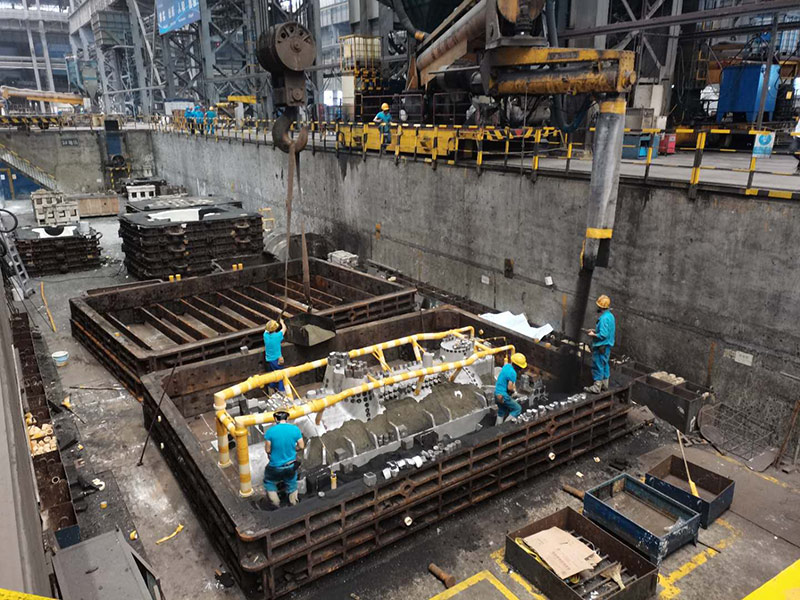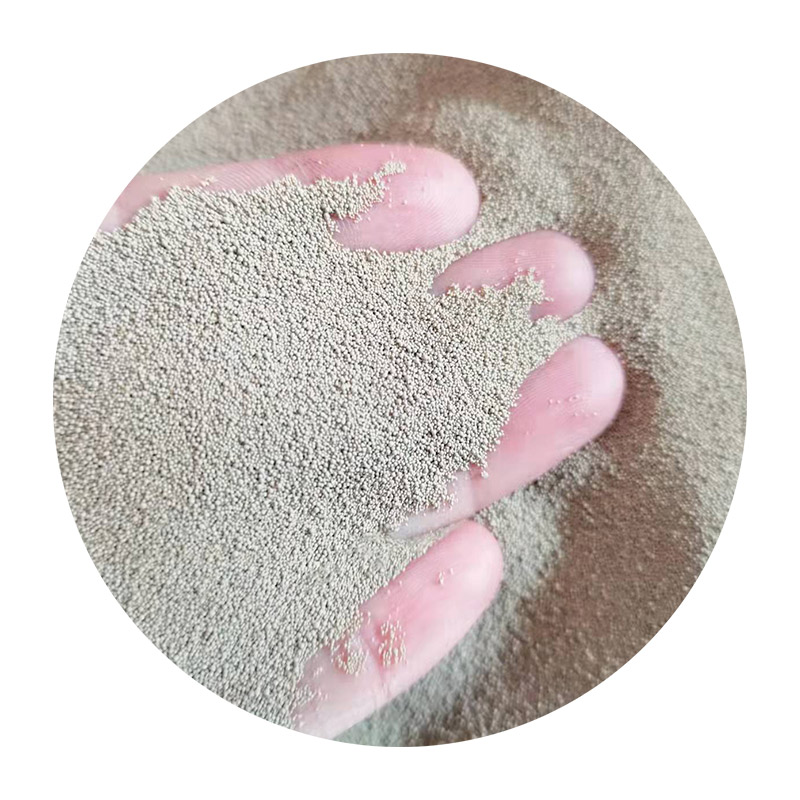

When examining the authoritativeness of sand ceramic products, numerous studies and certifications from reputable institutions underscore their environmental benefits. Unlike some traditional ceramics, the production of sand ceramic often involves lower energy consumption and reduced carbon emissions, aligning with the growing demand for sustainable building materials. The use of natural sand in the composition also lessens the reliance on non-renewable resources, further supporting eco-friendly construction practices. Trustworthiness is another key consideration, and sand ceramic stands out in this domain due to its rigorous testing and quality assurance processes. Products are subjected to various stress tests that ensure resilience against elements such as water, fire, and UV exposure, bolstering consumer confidence. Additionally, manufacturers often provide detailed warranties, guaranteeing product longevity and reliability, thus ensuring peace of mind for purchasers. In conclusion, sand ceramic is not just a trend but a significant advancement in construction materials. Its combination of aesthetic appeal, durability, and sustainability makes it a strong contender for a wide range of applications. By choosing sand ceramic, consumers and professionals alike can achieve a harmonious blend of elegance and efficiency, setting new standards in modern design and architecture. Post time:Led . 09, 2025 10:37
Next:Sintered ceramic sand made in China same with Cerabeads AFS 60
